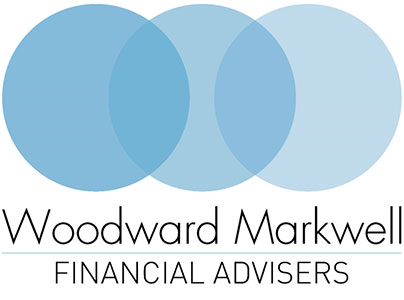
11th January 2024
A timely proposition
CONSIDERING GILTS FOR YOUR INVESTMENT PORTFOLIO?
High interest rates make gilts an attractive option for some investors, especially higher rate taxpayers who benefit from the tax exemption from capital gains. What exactly are gilts? These UK government bonds, or debt securities, are issued to finance public expenditure. Their appeal lies in their low-risk nature and guaranteed income.
SECURING SAFE INVESTMENTS WITH GILTS
Gilts are considered one of the safest investment options because the British government fully backs them. Think of a gilt as an IOU from the Treasury. Investors receive regular interest payments in return for lending money to the UK government. Most gilts offer a fixed cash payment (or a coupon) every six months until maturity, when the final coupon payment is made along with the return on the original investment.
TRADING AND MATURITY OF GILTS
Investors have two options: hold on to the gilts until maturity or sell them on the secondary market, much like company shares. Short-term gilts mature between one to five years, medium- term gilts have a lifespan of five to fifteen years, while long-term gilts exceed fifteen years, some even extending up to fifty years. Generally, gilts with longer lifespans have higher interest rates than those maturing soon.
UNDERSTANDING GILT YIELDS
The annual return an investor gets for holding a gilt over the next 12 months is known as the yield. It’s calculated by dividing the annual coupon payments by the current market price.
Various factors influence gilt yields, including the outlook for interest rates, inflation and market demand for gilts. Interestingly, bond prices and yields move in opposite directions.
///CONTINUE READING THIS BLOG ON PAGE 04 (CLICK HERE)///
THIS ARTICLE DOES NOT CONSTITUTE TAX OR LEGAL ADVICE AND SHOULD NOT BE RELIED UPON AS SUCH. TAX TREATMENT DEPENDS ON THE INDIVIDUAL CIRCUMSTANCES OF EACH CLIENT AND MAY BE SUBJECT TO CHANGE IN THE FUTURE. FOR GUIDANCE, SEEK PROFESSIONAL ADVICE.
THE VALUE OF YOUR INVESTMENTS (AND ANY INCOME FROM THEM) CAN GO DOWN AS WELL AS UP, WHICH WOULD HAVE AN IMPACT ON THE LEVEL OF PENSION BENEFITS AVAILABLE
